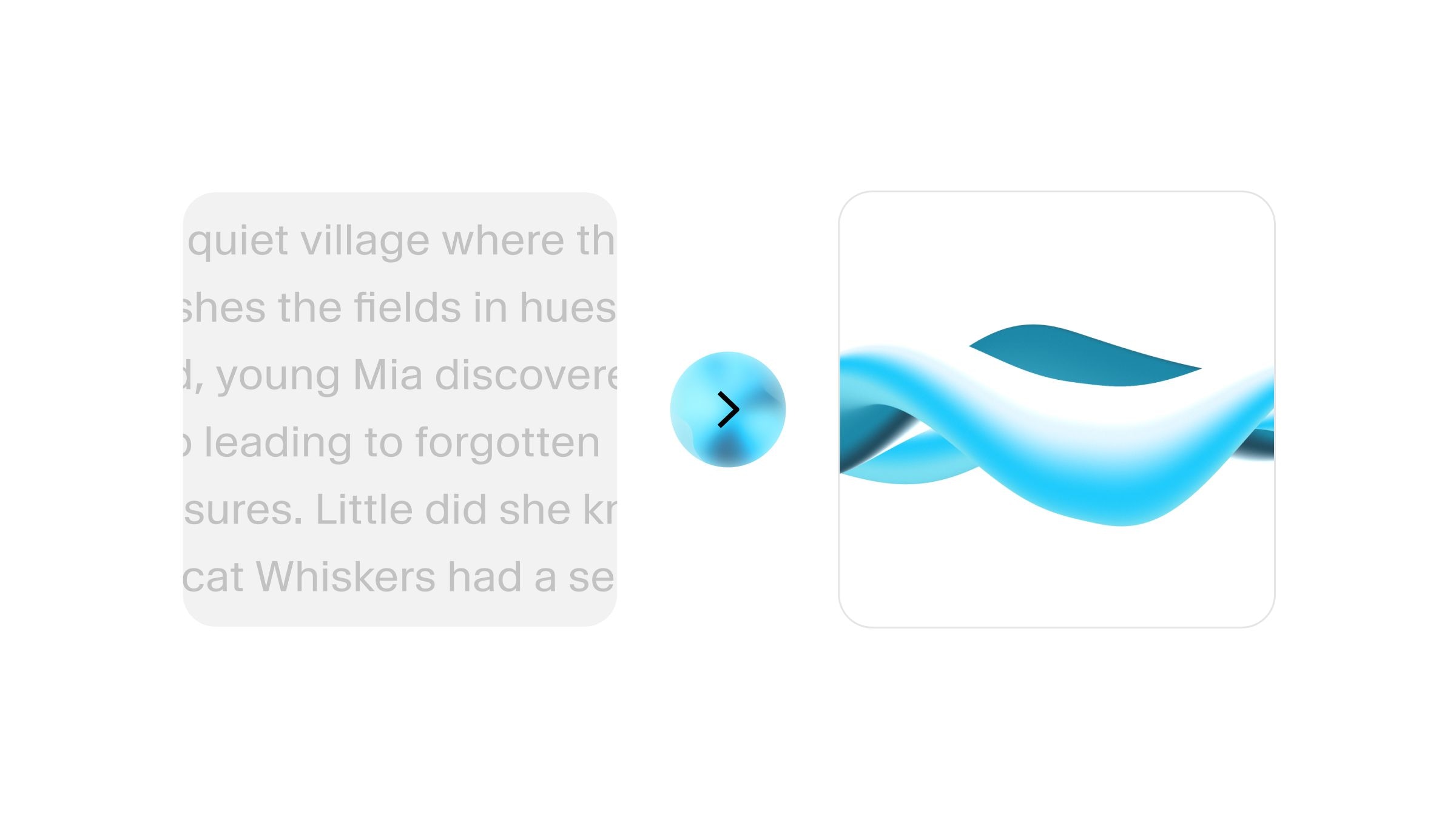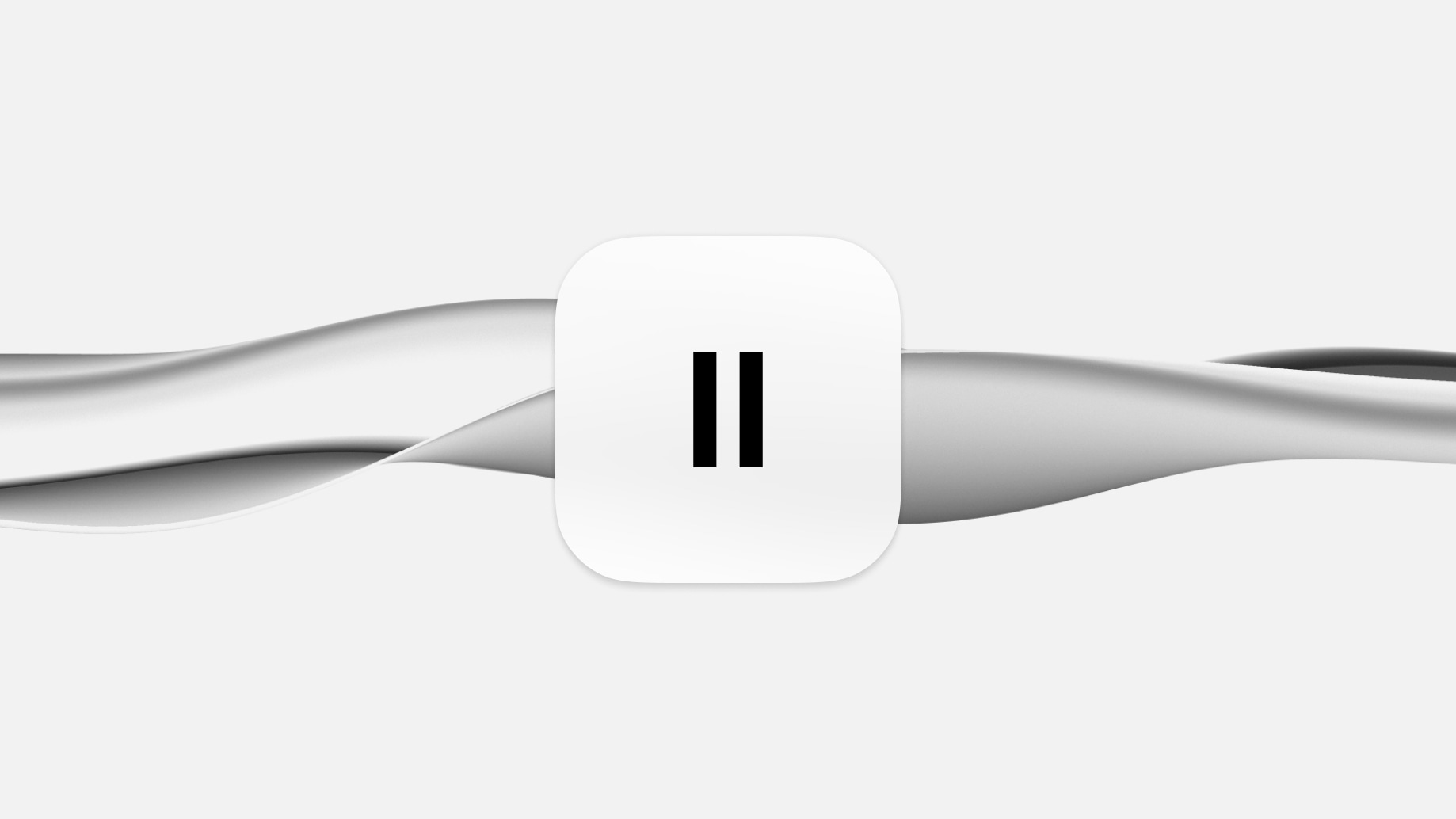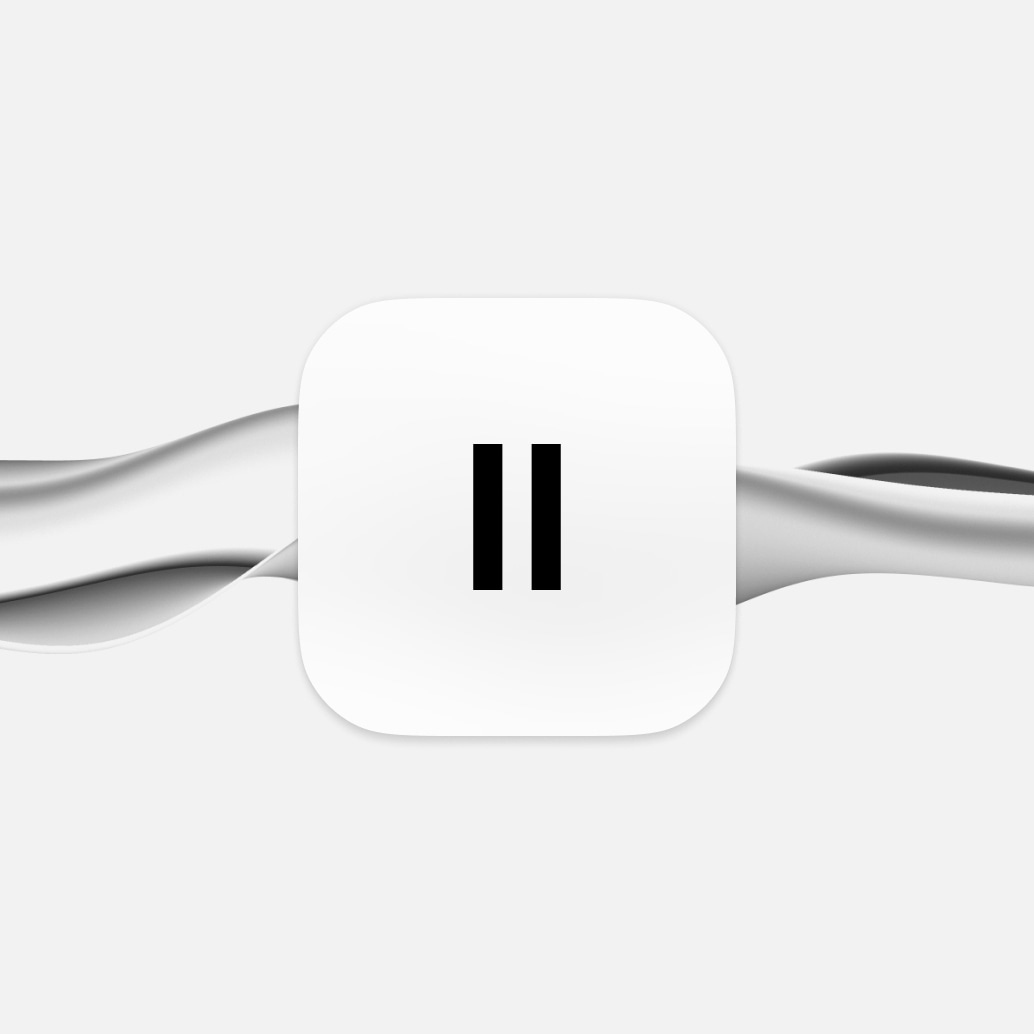How to make money using AI on YouTube
Now that’s out of the way, let’s get to the important question — how exactly can you use YouTube to generate money?
Youtube partner program
The first and most obvious answer is through the YouTube Partner Program (YPP). This is YouTube’s own way of sharing ad revenue with creators, allowing them to monetize their videos on the platform.
However, becoming part of YouTube’s Partner Program isn’t as simple as signing up. To join the program, creators must meet certain eligibility requirements, including having at least 4,000 watch hours or 10 million Shorts views in the past 12 months and 1,000 subscribers.
Once this criteria is met, video creators earn money through various monetization features such as ads, channel memberships, merchandise shelves, Super Chat, and YouTube Premium revenue. This means you will receive money in your AdSense account, which you can then withdraw and spend.
Affiliate sales
Beyond YouTube’s Partner Program, video creators can earn money from affiliate sales.
This involves content creators promoting products or services within their videos and including special tracking links or codes provided by affiliate programs. When viewers click on these links or use the codes to make purchases, the content creator earns a commission.
Affiliate sales are a great way to boost earnings, especially if your channel has a large audience or if it specializes in a related, profitable niche. For instance, a golf tips channel created using AI could review and promote golf-associated products.
To start making affiliate sales, you must first build an audience and create your channel. Then, once you have an engaged audience, you can reach out to brands directly. Some businesses, like Amazon, have an affiliate program that you can automatically join. Others, like smaller, niche businesses, may be happy to create an affiliate program for you if you present them with a good business proposal.
Remember, many national laws prohibit affiliate sales without explicit disclosure, so always make sure you clearly label your affiliate links.
Building on an affiliate program, YouTubers can generate revenue from sponsorship and brand deals.
It’s a misconception that brands only want to work with influencers who show their face online. Instead, brands are open to working with content creators and video creators who are specialists in their niche — using AI to generate videos will not be a problem for many brands.
Again, this revenue stream does rely on the success of your niche and the type of content that you generate. Earning money in this way requires a big audience and a specialist type of content, although some brands, like Hello Fresh and Casetify, are open to working with various types of creators to reach wide audiences.
Patreon & other fan sites
Finally, creators can make use of fan sites such as Patreon as another revenue source. Patreon works by selling memberships to your audience, who pay to have access to exclusive content, messages from the creator, exclusive access behind the scenes, and shoutouts.
Again, AI-generated content can still make use of this way of earning money. To tap into fan-based revenue streams, however, having an engaged audience immersed in your content is critical. This might mean building content around a specific niche that you’re interested in or creating a personality that works behind your AI content that attracts loyalty and builds relationships.
Final thoughts
Overall, there are many ways to earn money through YouTube, including by the YouTube Partner Program, but also by affiliate sales, brand deals, sponsorships, and fan memberships.
What all these revenue streams require, however, is high-quality content that engages and satisfies the audience, bringing viewers back to your channel again and again. This is critical — poor-quality, unoriginal AI content will not bring you views and will prove difficult to monetize.
If you’re looking to generate revenue from YouTube, you need to rely on the best tools to do so. For AI-generated voiceovers, the number one tool on the market is ElevenLabs. With hyper-realistic, human-sounding voices and incredible localization features, ElevenLabs is the only voiceover technology that can pass as really human.
Try ElevenLabs today for free, and experience for yourself the power of AI-generated voices.




